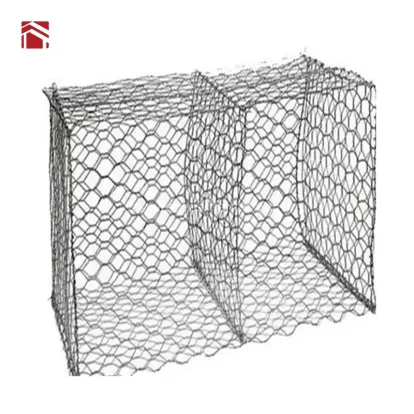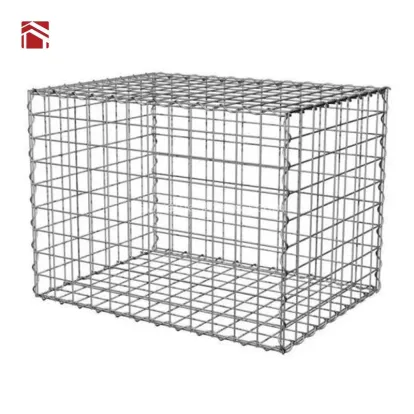Woven Gabions vs Welded Gabions: Unraveling the Best Choice
In the realm of civil engineering and landscaping, the choice between woven and welded gabions is a pivotal decision that can significantly impact the success and longevity of a project. In this comprehensive comparison, we will explore the intricacies of both woven and welded gabions, analyzing their advantages, disadvantages, and pricing to help you make an informed decision tailored to your project's needs.
I. Introduction
Gabions, those mesh containers filled with stones, have become the go-to solution for effective soil erosion control and retaining wall construction. As the market offers both woven and welded variations, understanding the nuances of each is crucial.
II. Understanding Woven Gabions
A. Definition and Construction
Woven gabions are constructed by interlacing wires in a crisscross pattern, creating a flexible mesh structure. This unique construction allows for a degree of adaptability, making them ideal for projects where the terrain is less predictable.
B. Advantages
1. Flexibility
The inherent flexibility of woven gabions makes them suitable for projects where the terrain is uneven or irregular. This adaptability ensures a seamless fit to the landscape, providing stability without compromising the structure's integrity.
2. Adaptability to Terrain
Woven gabions shine in areas where the landscape poses challenges. Their ability to conform to the natural shape of the ground makes them a preferred choice for projects in hilly or uneven terrains.
C. Disadvantages
1. Assembly Complexity
While the flexibility of woven gabions is an advantage, it can translate into assembly complexity. Installing woven gabions may require skilled labor and meticulous attention to detail to ensure the structure's stability.
2. Limited Load-bearing Capacity
Woven gabions, due to their flexible construction, might have limitations when it comes to bearing heavy loads. This aspect should be carefully considered, especially in projects where substantial weight-bearing capacity is crucial.
III. Unraveling Welded Gabions
A. Definition and Structure
In contrast, welded gabions are crafted by welding wires together to create a sturdy and rigid mesh structure. This robust construction provides its own set of advantages, particularly in projects with specific requirements.
B. Advantages
1. Sturdiness
The welded structure of gabions results in increased sturdiness. This makes welded gabions an excellent choice for projects where a high level of structural integrity is paramount, such as in heavy-duty retaining walls.
2. Easy Assembly
Unlike their woven counterparts, welded gabions are often easier to assemble. The welded structure allows for a more straightforward installation process, reducing the need for highly skilled labor.
C. Disadvantages
1. Limited Flexibility
The rigidity that makes welded gabions sturdy can also be a limitation. In projects where the terrain is uneven, the lack of flexibility might pose challenges during installation.
2. Potential Rust Issues
The welding process may expose the wires to the elements, potentially leading to rust over time. This is a crucial consideration, especially in projects where the gabions will be exposed to water or harsh weather conditions.
IV. Detailed Comparison
A. Construction Material
Both woven and welded gabions are typically made from galvanized steel, offering corrosion resistance. However, the method of construction plays a significant role in their performance in different scenarios.
B. Strength and Durability
Welded gabions, with their rigid structure, boast higher strength and durability, making them suitable for projects with demanding structural requirements. Woven gabions, while flexible, may not be as robust in situations where heavy loads are a constant concern.



